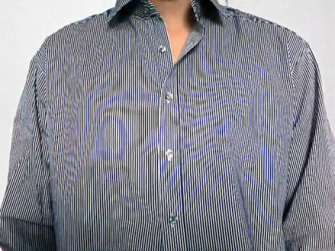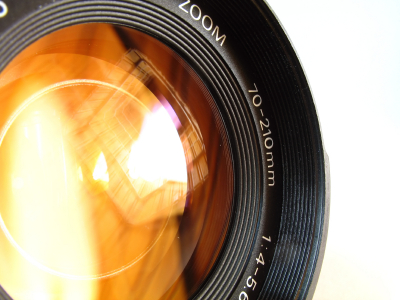Optical Low Pass filters are present in the vast majority of digital cameras sold within the consumer market. Their purpose is to reduce or remove possible Moiré effect when capturing fixed details such as clothing with repetitive patterns, or an urban landscape where a number of horizontal or vertical lines are present, such as office building windows.
Moiré effect is a non-real pattern within an image that is caused by the interference between the subject and the fixed aligned grid of pixels on the sensor. Since the issue occurs on the collection side, the camera cannot easily remove this effect by post processing the data.
The low pass filter found in most consumer cameras used to fix this effect consists of a collection of two separate crystal filters that splits the light rays onto neighbouring pixels. By splitting the rays in both a horizontal and vertical direction, the image projected on the sensor is slightly blurred and therefore eliminates the likelihood of introducing Moiré.
Unfortunately since this is a physical filter, it cannot be disabled or removed easily. To give the consumer a sharper looking image, the camera will attempt to compensate for this blurring by automatically applying a firmware-based sharpening filter on the blurred image. This will give the illusion of a crisp image, however the information won’t be accurate and you won’t be able to observe the actual advertised resolution of the camera.
When using a camera for life sciences or industrial vision systems, obtaining accurate images is crucial. Consequently, the use of Optical Low Pass Filters is not recommended. Lumenera manufactured cameras do not have any Optical Low-Pass filters and have a much greater resolving power than consumer and professional cameras with higher resolutions.

Example of the Moiré effect.


